Summer In Full Bloom
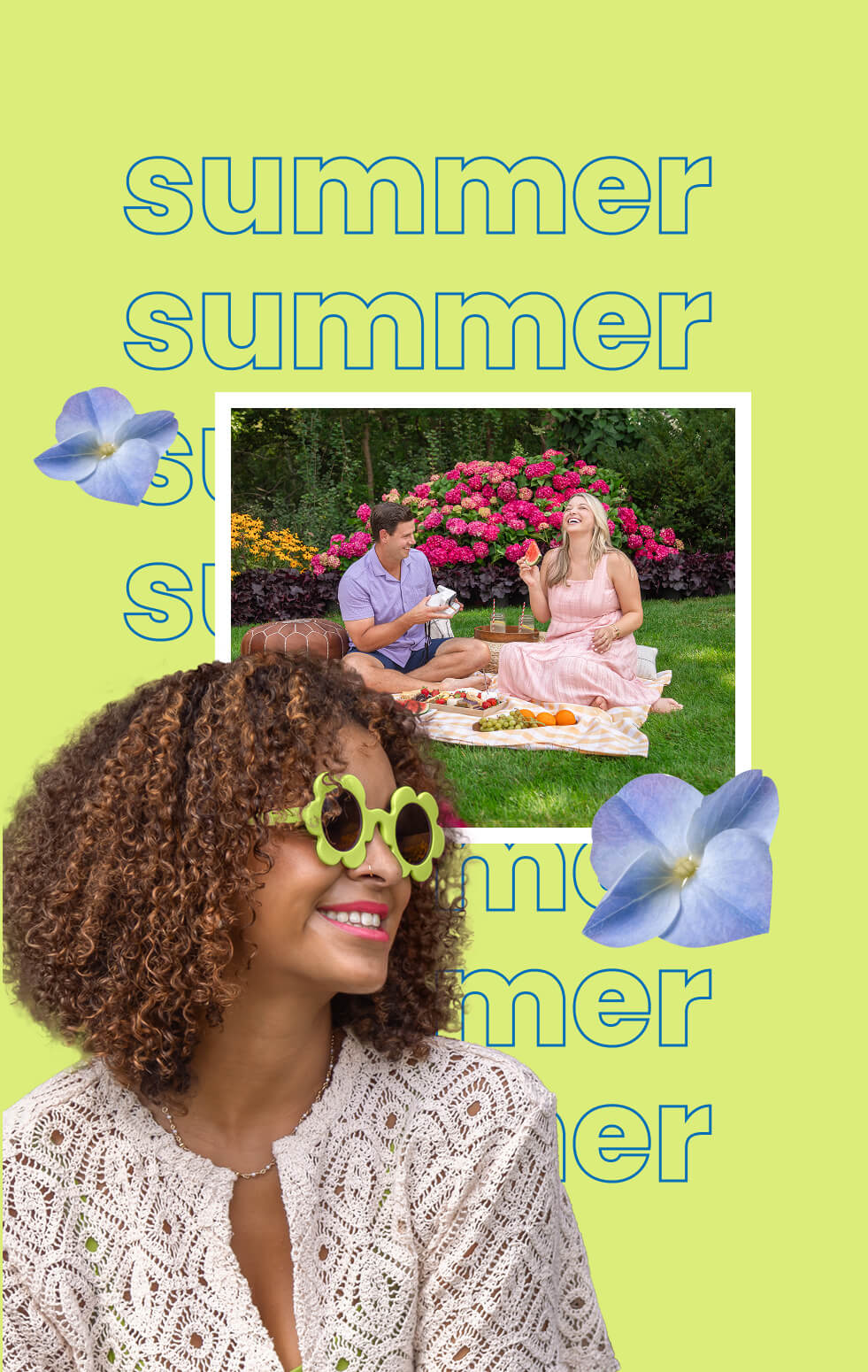
experience life in full bloom™
What’s more iconic than a perfect summer day?
With popsicles that never drip, a sun that never burns, baseball games, barbecues, and swimming pools. When you live life in full bloom, summer seems to go on forever. And with Endless Summer® Hydrangeas, that summer feeling never has to stop.

find your favorite
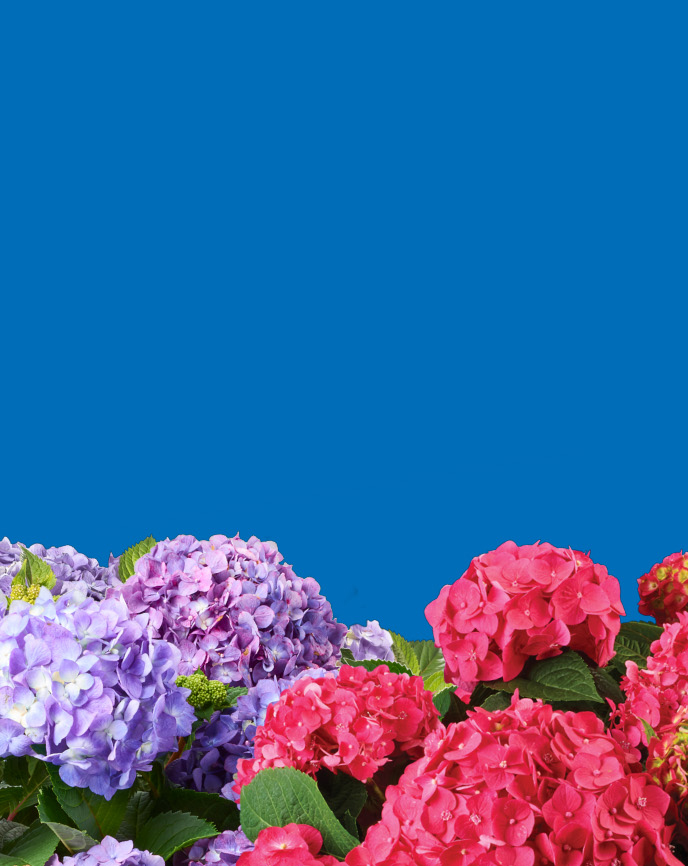
find your favorite

Bloomstruck®
Reblooming Hydrangea
BloomStruck® Bigleaf Hydrangea provides unforgettable impact all season long. Give great contrast to your other garden shrubs, perennials, and annuals with red-purple stems, dark green leaves, red petioles, and red veins. Hardy to Zones 4-9, BloomStruck® has extremely strong stems, above average heat tolerance, and great disease resistance.
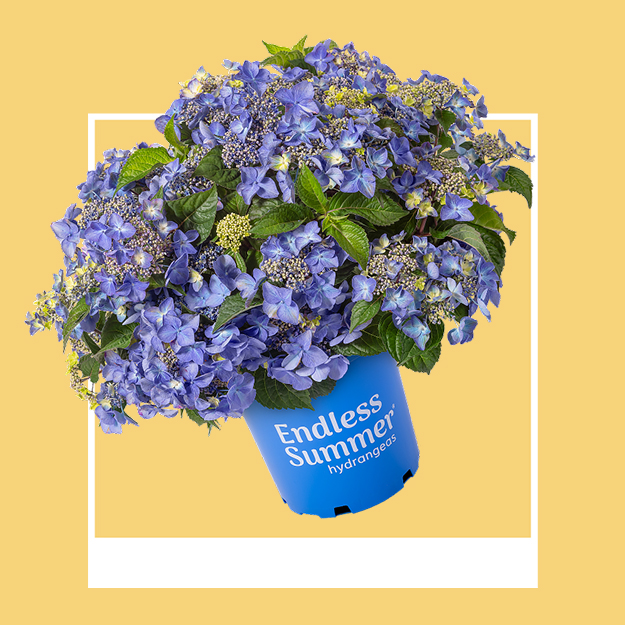
Pop Star®
Reblooming Hydrangea
Pop Star® Bigleaf Hydrangea is a compact hydrangea that brings dazzling color to your landscape. Hardy from Zones 4-9, the lacecap blooms bring unique texture to the garden and are irresistible to bees, butterflies, and other garden pollinators.
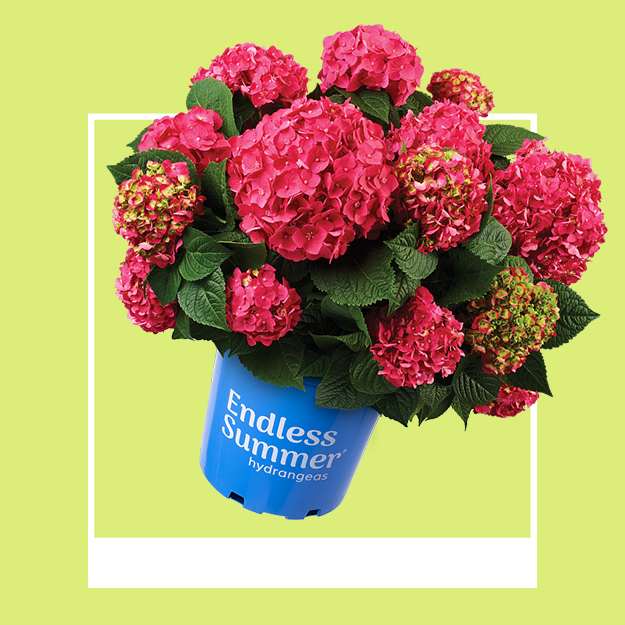
Summer Crush®
Reblooming Hydrangea
With big raspberry red or neon purple blooms, Summer Crush® Bigleaf Hydrangea brings beautiful blooms to your garden or patio container. Growing to a mature size of 18 to 36 inches tall and wide, you can count on it to stay small, neat, and tidy throughout the season. Hardy for Zones 4-9, Summer Crush® is sure to make you swoon.
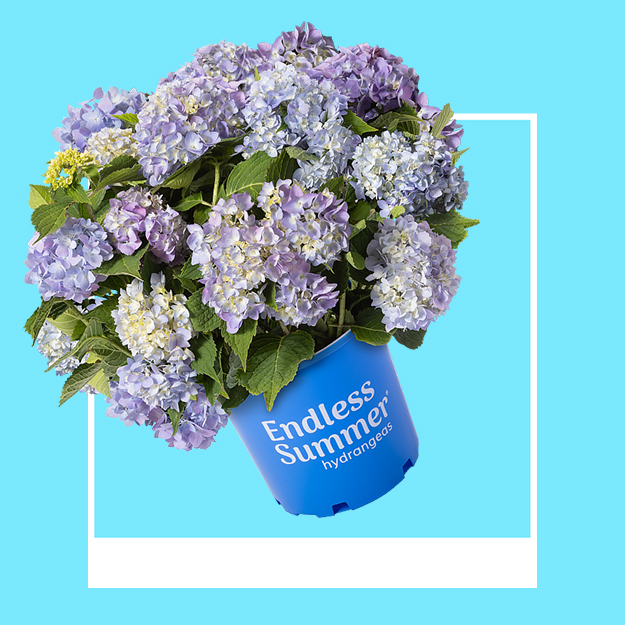
The Original
Reblooming Hydrangea
The Original Bigleaf Hydrangea is a reblooming mophead hydrangea with classic Nantucket blue or soft pink flowers, depending on soil pH. Hardy from Zones 4-9, The Original provides season long, incredible color with its ability to bloom on last year’s stems and this year’s new growth.The Original is a hardy, disease-resistant, and time-tested sensation.
GARDEN GAB
When questions crop up, Garden Gab has your answer. Get valuable tips and answers to common questions or ask your own.
If the leaves are curling, it’s probably aphids. You can tackle aphids with drenching the leaves with dish soap and water. If there are holes in the leaves, it could be beetles. Pesticides may be effective, but picking them off and dropping them in a pail of soapy water works too. If something is eating just the new leaves, look for signs of slugs. To battle them, pour some beer in a shallow dish and place it in the garden next to the plant.
Before you go straight to fertilizing, take a moment to rule out overwatering (damp yellow) or lack of water (crispy or dead). Next look at the foliage for signs of disease or insect damage. Could there have been a drift from a weed killer that might be distorting the foliage? With those things in mind, check for signs that nutrients are lacking. Here’s a helpful guide:
- Light green foliage and yellowing mature foliage can be a sign that a plant needs nitrogen.
- Chlorosis (light green leaves with dark green veins) can be a signal that a plant needs potassium.
- If older leaves are turning purple at the base and other leaves are dull, dark-green, there could be a deficiency of phosphorous.
If none of these fit the bill or if you’re not sure, a soil test can help answer questions about missing nutrients. As always, ask your local garden center professional for guidance in selecting the best fertilizer for your soil and plants. That’s what they’re there for!
Try cutting branches at a 45-degree angle, just above a bud that is facing out. Luckily, a healthy flowering shrub is pretty forgiving about a pruning error or two. The most important rule when pruning is to be careful and prune the plant, not yourself!
Spacing your plants depends on the variety and your desired look. If you’d like to create a hedge, plant a bit closer together. And if you like some delineation of lines between the plants, you can add a little breathing room. Each variety also has a different size at maturity, so you’ll want to keep that in mind. For example, Summer Crush® hydrangea matures to 18-36” wide, so you’ll want to plant them roughly 36” on center to give them enough room to breathe. Having space for airflow helps prevent any disease occurrence on the leaves.
